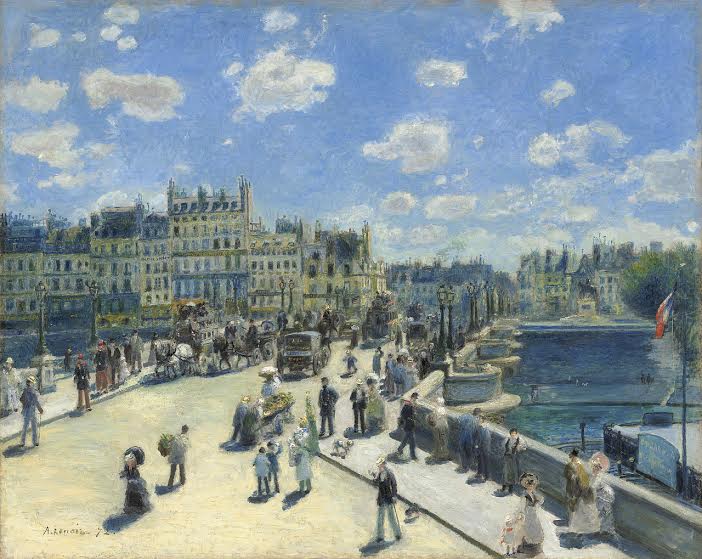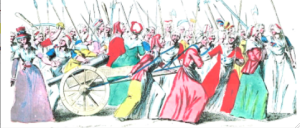I Like Bridges
Especially the bridges in Paris. They are all so unique and each has a different history. If you’ve been to Paris and have not taken one of the river cruises, you should definitely plan on doing that the next time you have some free time. Looking at the bridge from the perspective of being on the water will offer you glimpses of sights you can’t see from either on the bridge or from the street.
The Pont de la Concorde is a great example. Commissioned in 1755 with construction beginning in 1787, the bridge connects the Left Bank along the Quai des Tuileries with the Place de la Concorde on the Right Bank. The bridge was built and competed (1791) during the French Revolution. The massive stones from the Bastille (dismantled 1789–90) were used to build the bridge. The only way you can see those stones is on the river cruise (look up as you cruise under it). The bridge was widened in 1930 to double its size. Unfortunately, the widening and subsequent renovation in 1983 obscured the original stones.
Pont Neuf

Pont Neuf or “New Bridge” is actually the oldest bridge in Paris. The bridge was conceived during the reign of Henri II (1547–59), with construction starting in 1578 under his son, Henri III, and finished in 1607 under Henri IV. This was a most unusual bridge at the time. Read More Paris Bridges


